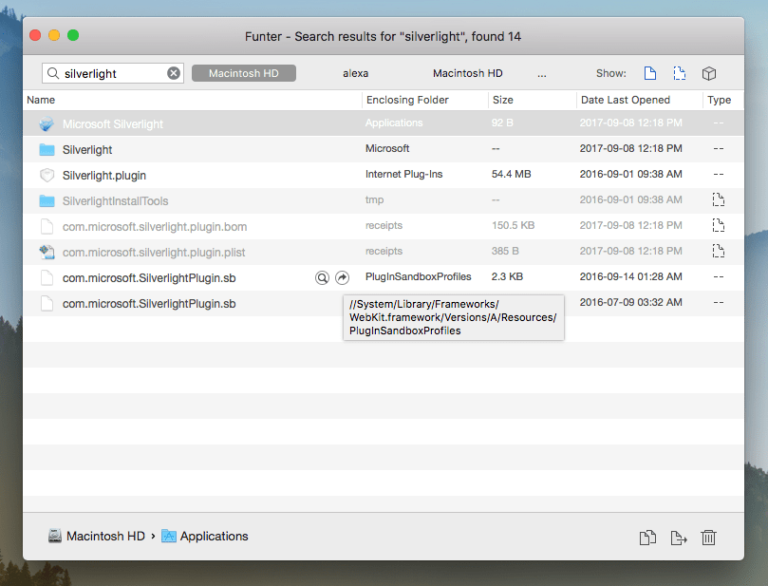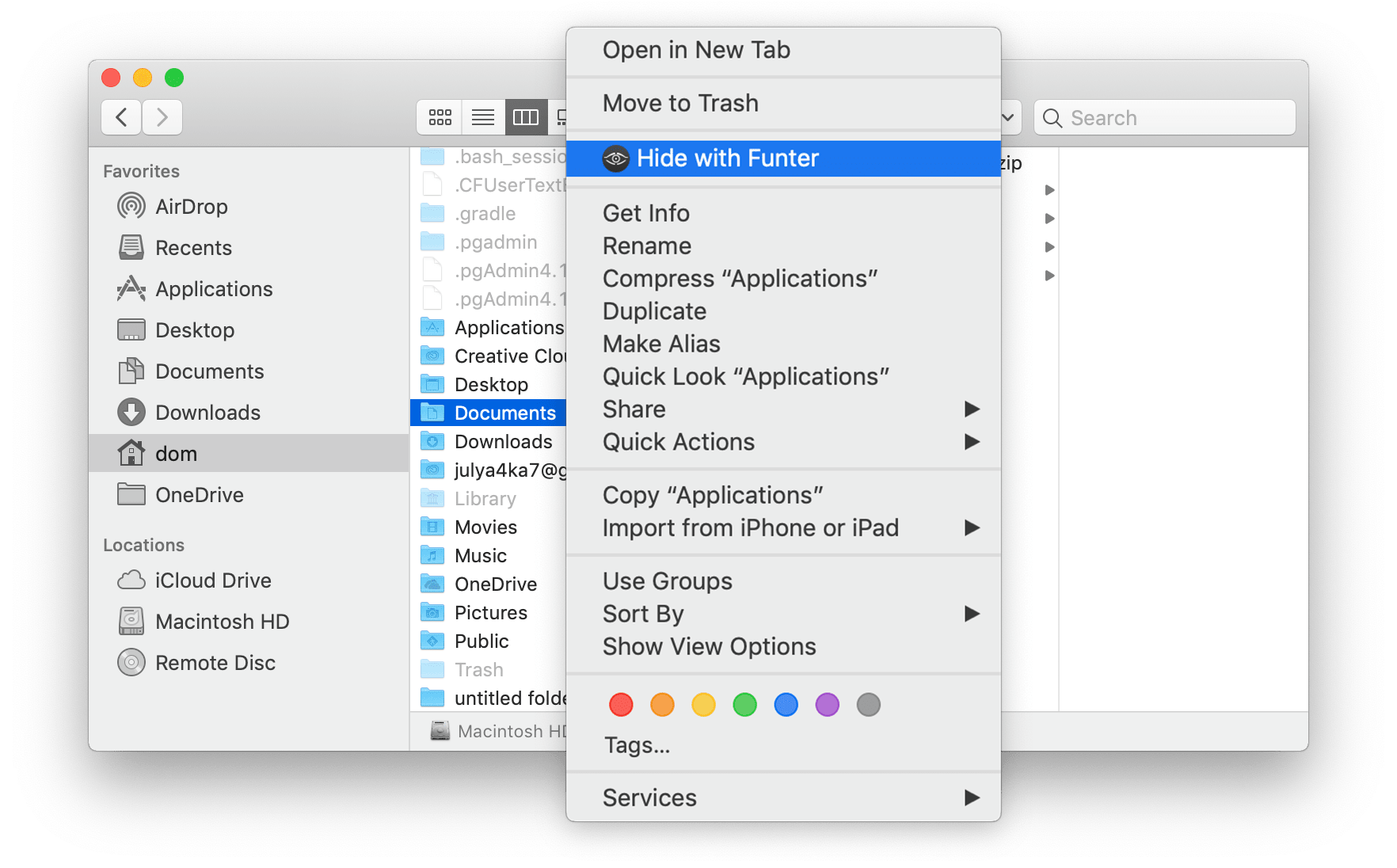
While I’m running a pretty lean system on my MacBook Pro, the “Clean up Mac” module was able to nix 3.28GB of extraneous caches and language files. Another neat feature of this is that it was able to view and gauge the files that took up the most space on my Boot Camp partition, an unexpected bonus.

With the Analyze disk usage module, you can easily view and gauge which file types are taking up the most space on your Mac and work to slim them down. A handy toggle allows you to switch between standard mode and expert mode, which allows you to view application components and note where they’re located on your Mac. Step 7:Ĭlean up your work area (cutting the case leaves lots of plastic debris). Fill the tank with water, turn on the power, install fish, and sit back and relax. Goldfish don’t crash as often as System 7, and are more relaxing to look at.In the case of the Uninstall Applications module, it’s easy to locate and remove unwanted applications. Ensure that everything fits correctly, that nothing is forced or jammed, and that it looks the way you want it. You can glue the two parts of the macintosh case together if you want, but you might need to get to the bubbler or lights sometime in the future (or install some if you don’t have them already). Step 6:įinal assembly, put the tank in place and slide the two halves of the case together. I spliced the wires for my LED light unit (salvaged from an exit sign found at the dump) into the power cord for the air pump, this isn’t recommended unless you have experience with electrical repair and safety procedures. Leave enough outside the case to reach electrical outlets or extension cords. Tie the cords around the metal frame first so that pulling on them will not damage anything. This one is optional, Install any accessories and run electrical wires through one of the holes in the rear of the computer case. A tight fit will eliminate the need for gluing the tank in place. Step 4:įit the fish tank into the computer, The Penn Plax one fits almost perfectly, but must be trimmed of the plastic flange at the top for it to fit into the rear part of the case, do this with a razor or sharp pocketknife.

Install the bubbler unit (if you have one) somewhere inside where it won’t vibrate. The top of the macintosh must be removed to allow the tank to fit in, measure it and cut a hole large enough to access the tank and to support the rear of the tank against what’s left of the mac’s handle. Try to do a better job than I did here, my cut ended up being a little sloppy since I had a cheap saw. I had glued the motherboard to the rear of the tank at this point, so the hole had to be cut slightly larger to accommodate it. Leave the metal motherboard / drive mounting bracket in place, since it provides a good platform for the tank. I used the motherboard for a backdrop on the fish tank.

Remove the case and take out the guts, save anything that looks useful. An air bubbler and lights are optional.Ĭost: $1-5 for bubbler from thrift store, $0.10 for goldfish, free lights (salvaged) Step 1:Īssemble your tools, remove the four screws from the rear of the case (the two inside the handle well will require the long screwdriver, Apple really didn’t want you opening these). Gravel, fish, and any personal accessories. Multiple extenders and a universal screwdriver set with star bits are much cheaper than buying Apple’s specific tool.Ĭost: $5-$10 depending on brand and qualityĪ small saw, such as a hacksaw or electric saw. I found that the “Penn Plax New World Explorer” (Available at Fred Meyer) fits almost perfectly with some small modifications.Ī star screwdriver with a long shaft. This tutorial uses a Mac Classic.Ĭost: free from dumpster diving, try school surplus if you don’t want to dig in the trash.Ī fish tank that will fit into the computer case.

Note that every particular model has a slightly different internal layout. You will need:Īn old mac, with the original form factor (SE, classic, classic II, 512k, etc). You should probably ignore the street sign in the background, I didn’t steal it, but in fact got it free from the dump (one of my favorite finds). (my first macquarium used a special square tank I found at a thrift store). I also wanted to see if any generic fish tanks from local retailers would fit into the mac case. This is my second Macquarium, this time around I decided to document the construction process since some friends had inquired about it. My old high school is probably still using these, but they’ll be harder to find in most areas and are actually worth money on eBay if they still work!). (Note! When this was originally written, the Mac Classic form factor was plentiful in dumpsters and school surplus warehouses. How to build a Macquarium in under an hour with minimal tools.


 0 kommentar(er)
0 kommentar(er)
